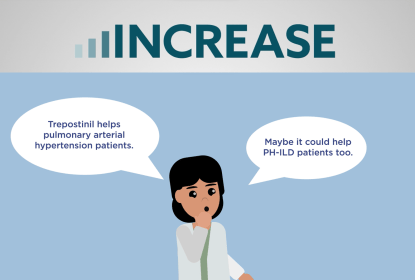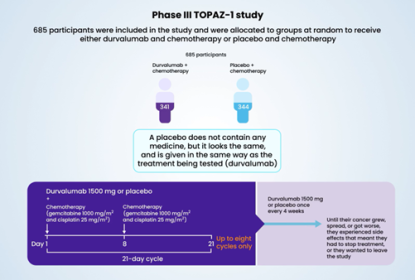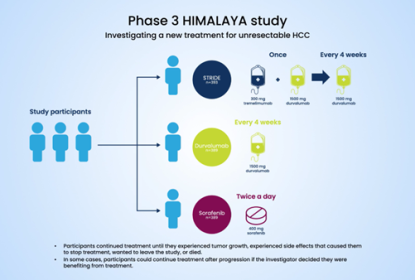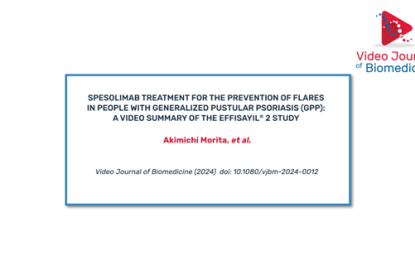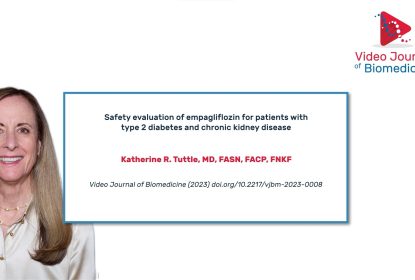
Pulmonary Arterial Compliance and the FREEDOM-EV study
In this animated video article, we explain what pulmonary arterial compliance (PAC) is, how it changes during pulmonary arterial hypertension (PAH) and, therefore, why it is an important metric for reporting on disease severity in PAH. We then discuss how oral treprostinil improves PAC in PAH.
PAC is a measure of the ability of a vessel to expand or relax, which is vital for steady blood flow during pressure changes in the cardiac cycle. Vessel stiffening and loss of artery distensibility are factors that can impact pulsatile pressure and pressure on the right ventricle of the heart. In PAH, pulmonary arteries stiffen, and PAC decreases, often before pulmonary vascular resistance increases.
Oral treprostinil, a prostacyclin mimetic, is indicated for the treatment of PAH to improve exercise capacity and delay disease progression. A sub-study of the FREEDOM-EV trial revealed that oral treprostinil improves PAC in PAH, suggesting this increased compliance contributes to the physiological mechanism by which oral treprostinil delays progression of the disease.
Read more about the sub-study in the original article here.
Original article:
Khan A, White RJ, Meyer G, et al. Oral treprostinil improves pulmonary vascular compliance in pulmonary arterial hypertension. Respir Med. 2022;193:106744. DOI: 10.1016/j.rmed.2022.106744
Publication DOI: https://doi.org/10.1080/vjbm-2024-0002
Davis BNJ, Champion HC. Pulmonary Arterial Compliance and the FREEDOM-EV study (2025). Video Journal of Biomedicine. 9(2). DOI: 10.1080/vjbm-2024-0002

